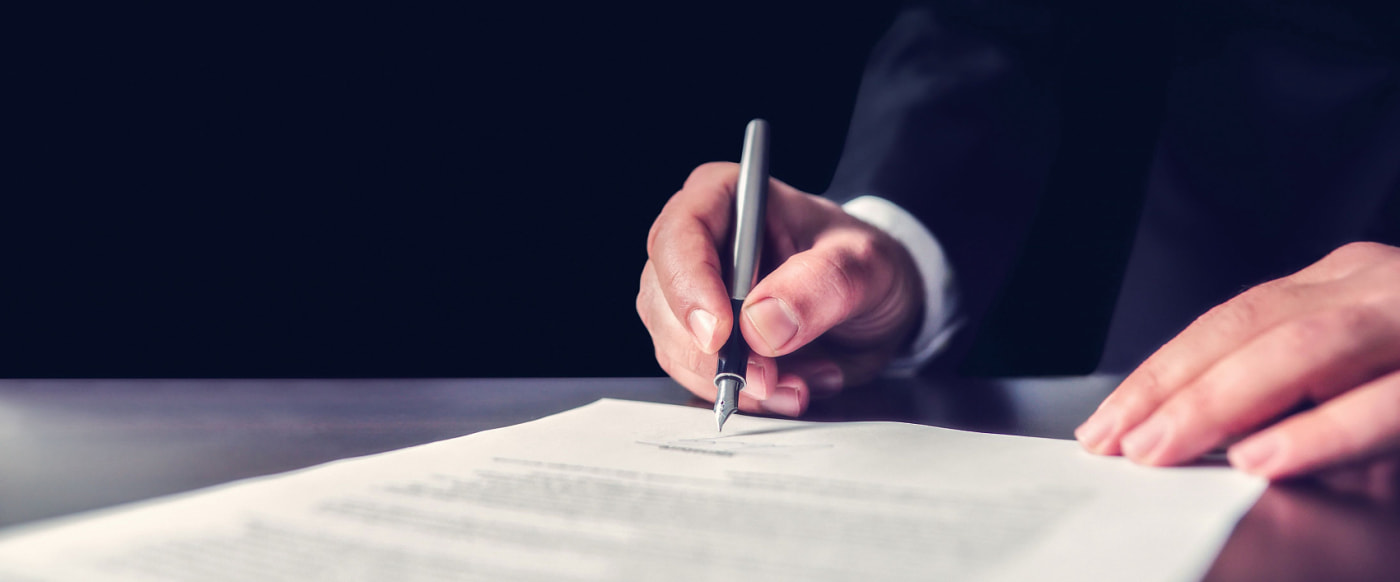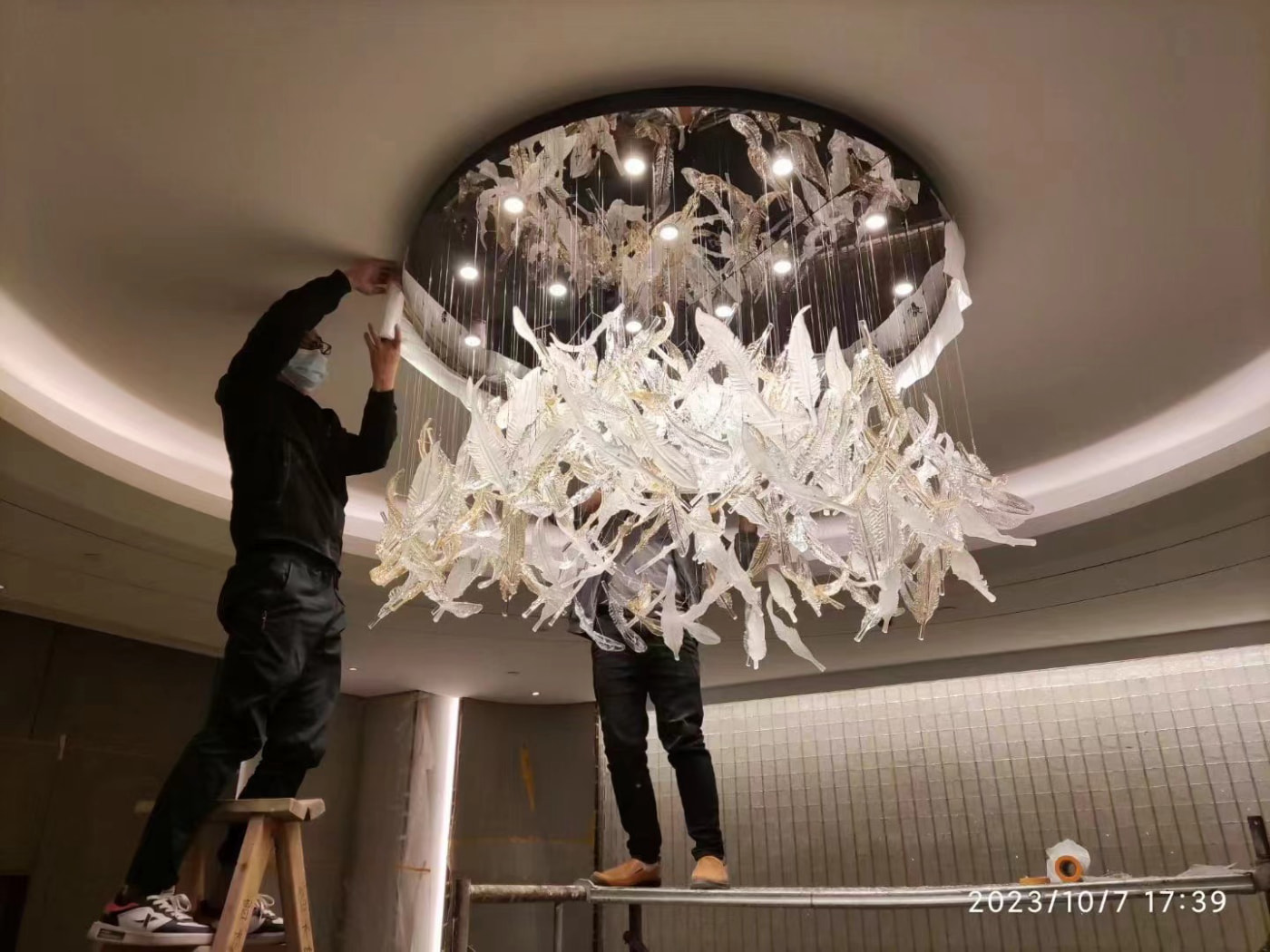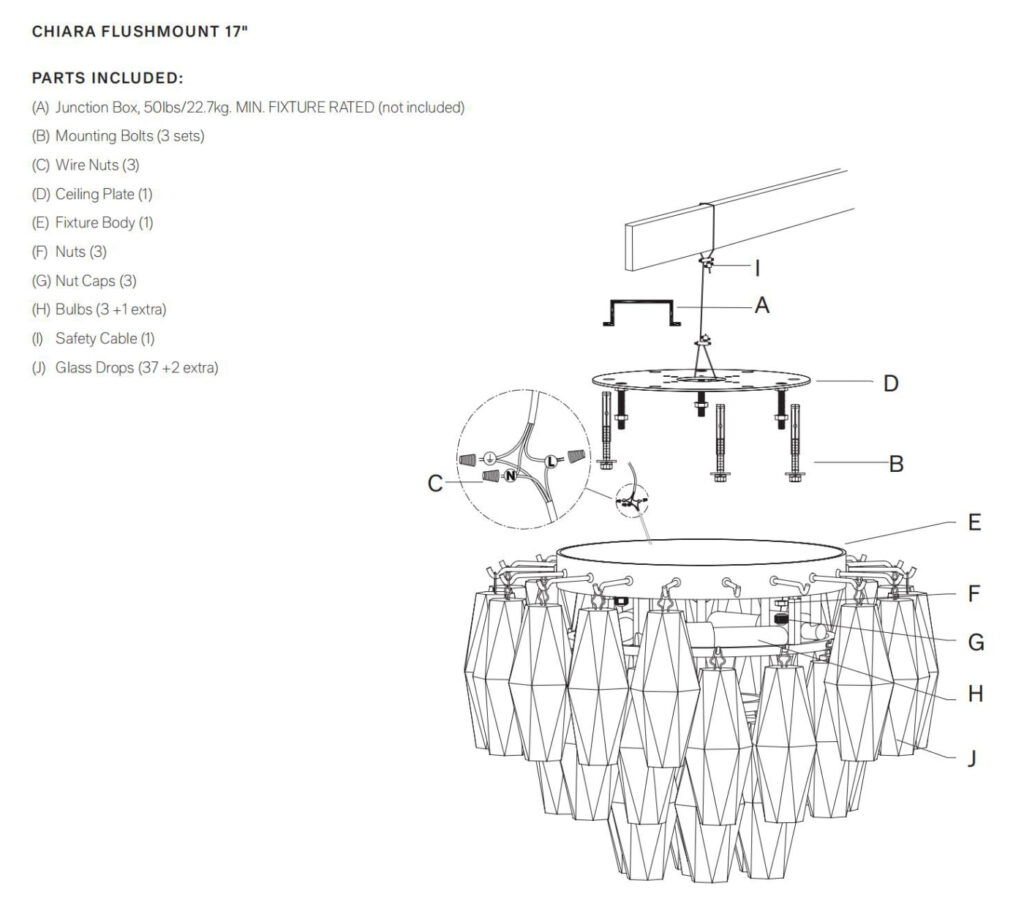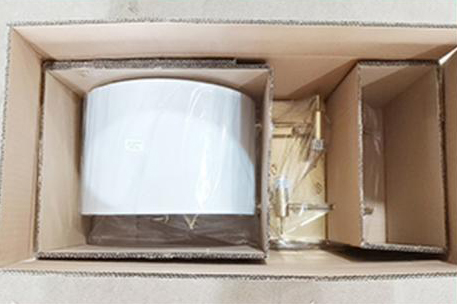The Art of Custom Pendant Chandelier Lighting
Our Step-by-Step Guide to the Design and Production Process
Custom chandeliers are more than just a piece of decorative lighting; they are actually a fusion of art, design, and engineering to meet each client's aesthetic needs and unique space. Whether you are an interior designer, architect, engineer, restaurant, hotel for other application scenarios or a private homeowner, understanding the intricate process behind the creation of a custom chandelier can help you make an informed decision.
Contact Our Custom Division
01。
Initial Consultation and Concept Sharing
The process of customizing a chandelier begins with a consultation and concept sharing. This phase is the most important first step. We need to understand the style of the client's building, the space where the chandelier will be installed, the desired effect, preferred design elements, and other specific requirements or preferences. By sharing with the client their ideas, inspirations, floor plans, elevations, and some specific pictures of the chandelier, etc. to get more specific information, it is easier to fully recover the vision the client has in mind when doing the design process.
Key discussion points include:
- Space analysis: dimensions, ceiling heights, room functions, etc.
- Design preferences: styles (e.g. modern, classic, industrial), design elements, rendering references, material selection, lighting requirements, product features, etc.
- Budget and Timeline: Setting expectations for cost and production timeframe.

02。
Design Rendering
After gathering all the necessary information, our design team started working on preliminary sketches and 3D renderings of the chandelier. These drawings help the client envision the final product. We typically provide multiple design options for client feedback and revisions.
Key discussion points include:

Preliminary Sketches
Hand-drawn or digital images of possible designs.

3D Renderings
Detailed, realistic renderings of how the chandelier will look in the intended space.
03。
Signing Contract
After confirming the drawings, material samples and notes, the contract intention is determined. Based on the confirmed information, we determine the actual product cost and final completion time, as well as transportation and installation details. After confirming the details, both parties sign the contract.
Specific confirmed contract details:
-Individual Products And Total Order Amount: product size, material, color, notes and total order amount.
-Production Details: the time of completion of the goods, inspection details, warranty period and so on.
-Matters Needing Cooperation: whether we need to arrange on-site assembly and support .

04。
Engineering and Technical Design
Once the design has been approved and the contract signed, the project enters the technical design phase. This involves the preparation of detailed engineering drawings that specify the materials used, chandelier's structure, electrical components and installation requirements. The engineer works closely with the designer to ensure that the chandelier is not only nice, but also structurally sound and meets all safety standards.
Key aspects include:
- Structural Integrity: Ensure that the weight of the chandelier is supported and properly balanced.
- Electrical Design: Designing wiring and lighting components to meet electrical codes.
- Installation Planning: Create installation drawings and instructions for a seamless installation.
05。
Material Sourcing and Hardware Production
Once the design drawings are finalized, the next step is to source the best materials and begin the production process. Production personnel strictly follow the drawings to produce the hardware, and if there is any unreasonable structure, they will immediately communicate with the designer and put forward the actual optimization plan; purchasers need to get back a sample to confirm whether it is a perfect match with the hardware before confirming the production of large quantities of accessories; when there is a need for adjustments, the designer has to modify the drawings and communicate with customer about the feasibility of the details immediately. After the hardware production is completed, the whole ceiling chandelier is assembled to confirm whether there are still unreasonable or not fine parts, re-adjustment, and then hang for a period of time to test its stability, and then disassembled the next day to start the color process. Each piece of chandelier is carefully processed to ensure that the final product meets the highest quality standards.
Key processes include:
- Material Selection: Selection of metal, glass, crystal and other materials from trusted, long term suppliers.
- Production: Forging, lasering, bending, welding, shaping, grinding and polishing the materials according to the design.
- Test Hanging: Meticulously assembling all the fittings, even if they are not colored, so that the workmanship can be seen as a very attractive chandelier.
- Production: Forging, lasering, bending, welding, shaping, grinding and polishing the materials according to the design.
- Test Hanging: Meticulously assembling all the fittings, even if they are not colored, so that the workmanship can be seen as a very attractive chandelier.
06。
Quality Control
All chandeliers are subject to strict quality control inspections before leaving our factory. Raw material inspection, hardware semi-finished product inspection, process inspection, high voltage, resistance and lighting up test, finished product inspection and so on. This includes testing structural integrity, electrical components and overall aesthetics, etc. If there are any issues, final adjustments are made as needed. To ensure that everything is perfect and meets shipping standards.

Key aspects of quality control:
- Structural Testing: Ensure all components are correct, safe and stable.
- Lighting Test: Check all chandeliers for proper function, high voltage and resistance test, and lighting test.
- Finished Product Inspection: Check whether the surface treatment, material has any defects.
- Lighting Test: Check all chandeliers for proper function, high voltage and resistance test, and lighting test.
- Finished Product Inspection: Check whether the surface treatment, material has any defects.

1.Test to see if it will light up

2.The torque of the lamp head iscontrolled at 12

3.Torque test

4.Positive and negative tests with a multimeter

5.High voltage testing

6.Ground test
07。
Packaging and Delivery
After the chandelier passes all the quality checks, it will be packed according to different packing methods, some big ones need to be disassembled and some can be packed as a whole. Packing should be done with extra care to protect it from damage during transportation and to ensure that it can be transported over long distances. Most of the products should be able to pass the test drop. Depending on the size and complexity of the chandelier, cardboard or bubble wrap may be used, and very large chandeliers may be packed in specialized wooden crates.
Key steps include:
- Confirmation of Packaging Method: Large chandeliers must be disassembled and packaged in the order in which they are assembled. Some smaller fixtures may be packaged in one piece.
- Protective Packaging: Use bubble wrap, cardboard packaging, custom crates and other materials to ensure safe delivery.
- Logistics Coordination: Arrange for transportation and delivery to the installation site.
08.
Installation and Final Adjustments
The final step is installation. Depending on the client's needs, the size and complexity of the chandelier, our team may be able to assist with the installation or provide detailed instructions to the client's contractor. For large chandeliers, our drawings are very detailed, so if you don't need us to install them, simply follow our installation instructions step-by-step will be OK. Once the installation is complete, the chandelier will be lit and final adjustments will be made to ensure it looks flawless in its new environment.
Key installation tasks include:
- Mounting: Securely fasten the chandelier to the ceiling or support structure.
- Electrical connections: Ensure all wiring is connected correctly and complies with local regulations.
- Final adjustments: Make any necessary adjustments to the chandelier.

Custom chandeliers are a true expression of art and engineering, and require a detailed and collaborative process to bring a client's vision to life. From the initial consultation to the final installation, every step is handled with the utmost care and attention to detail to ensure that the end result is not just a fixture, but a masterpiece that will enhance any space.






























